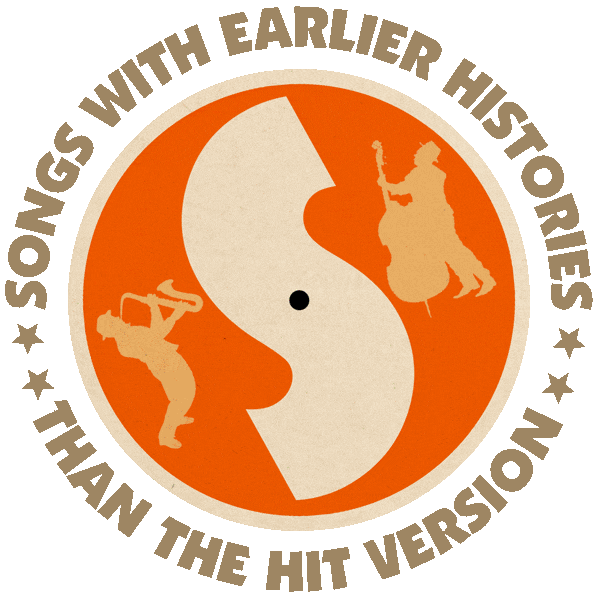First recorded (as “Parade of the Tin Soldiers”) by Russian Orchestra (1911).
First US recording by The Vincent Lopez Orchestra (1922).
Other popular versions by Paul Whiteman & His Orchestra (1923), The Andrews Sisters (1950), The Crystals (1963), Harry Connick, Jr. (1993).
From the wiki:”‘The Parade of the Wooden Soldiers’ (originally titled ‘Parade of the Tin Soldiers’) was composed in 1897 for solo piano by Leon Jessel who later published it for orchestra in 1905, as ‘Opus 123’. In 1911, Russian impresario Nikita Balieff chose Jessel’s whimsically rakish ‘Parade of the Tin Soldiers’ for a choreography routine in his ‘The Bat’ vaudeville revue, changing the title to ‘The Parade of the Wooden Soldiers’. Balieff’s wooden-soldier choreography referenced a legend regarding Tsar Paul I: that he left his parade grounds without issuing a ‘halt’ order to his marching soldiers, so they marched to Siberia before being remembered and ordered back.
“In December 1920 Nikita Balieff’s La Chauve-Souris (The Bat) revue reached Paris, to great acclaim, and in 1922 it was brought to Broadway. In 1922, an instrumental version of ‘The Parade of the Wooden Soldiers’ recording performed by The Vincent Lopez Orchestra became a US hit 78 rpm in 1922. Paul Whiteman’s recording also topped the Hit Parade the following year (1923).
“In 1933, a Betty Boop cartoon, Parade of the Wooden Soldiers, was created by animator David Fleischer with music performed by popular Russian-American conductor David Rubinoff and His Orchestra. Also in 1933, The Rockettes began annually performing their own choreographed version of the piece, based on Balieff’s original, in their Radio City Christmas Spectacular.

